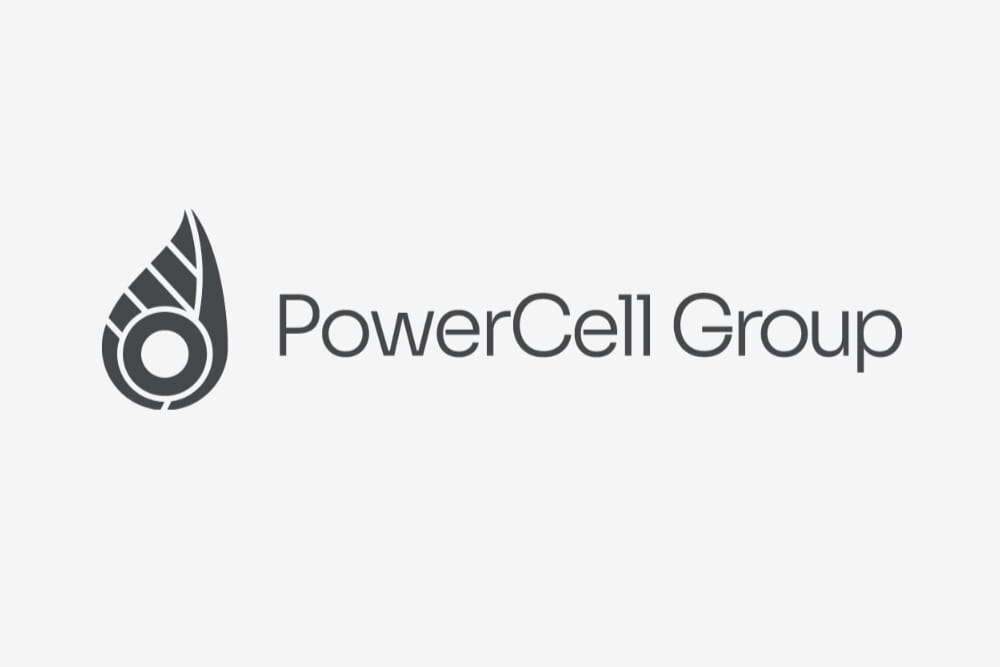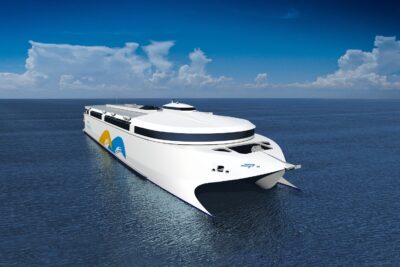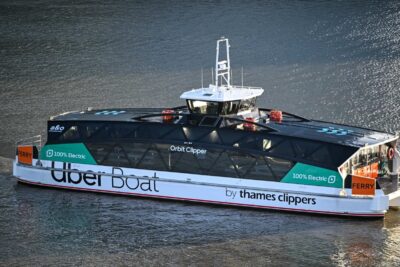PowerCell announces first order for maritime H2 fuel cell system
PowerCell says its new hydrogen fuel cell system will be “tailored specifically to the requirements of the classification society and is expected to receive type approval before its market launch in 2028.” The Swedish company states that its new system offers significantly higher performance than previous models in the same space, which it says will allow ship owners and system integrators more flexible installation, while improving energy efficiency.
The company has announced its first commercial order for PowerCell’s MW-class fuel cell technology, revealing only that it is being carried out in partnership with a “leading Italian OEM with deep experience in marine system integration.”
PowerCell sees the increased demand for emission-free maritime applications as a reflection of the accelerating shift in the maritime industry, driven by commercial demand and reinforced by regulatory frameworks such as the IMO’s targets, for decarbonising shipping as well as significantly reducing hazardous emissions such as NOₓ, SOₓ and particulate matter.
The new system, designated MS-500, should deliver up to 1 MW of net electrical output through two integrated units, building on PowerCell’s high-performance stack platform (HDS), developed for marine, aviation, and stationary power segments. PowerCell has designed its hydrogen fuel cell system for containerised integration that serves as auxiliary power on board, with the potential to scale into main propulsion in future applications.
“This agreement is about scale, precision, and continued progress,” says Richard Berkling, CEO of PowerCell Group. This new platform complements our current product range and strengthens our ability to support customers as fuel cells become a core part of vessel architecture.”
There is plenty of potential in the decarbonisation of Mediterranean waterways. Countries with numerous archipelagos and plenty of wind, such as Greece, offer ideal conditions for electrification with batteries and hydrogen fuel cells. Greece is gearing up to become a green hydrogen hub, but has, as yet, made little headway in the electrification of its ferry services across 401 routes and docking at 179 Greek ports. Many of these ferries connect to Italy, the country of origin of the above-mentioned unnamed OEM now using PowerCell fuel cell systems.
“The marine fuel cell market has already moved beyond technical pilots — we saw that shift begin last year with the commercial adoption of our Marine System 225,” notes Berkling. “What we are seeing now is acceleration. This order confirms that leading OEMs are not only adopting zero-emission solutions, but they are also planning for the next generation with higher power, lower cost, and smaller footprint.”





0 Comments